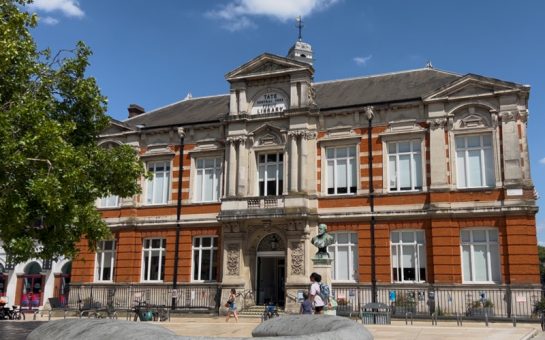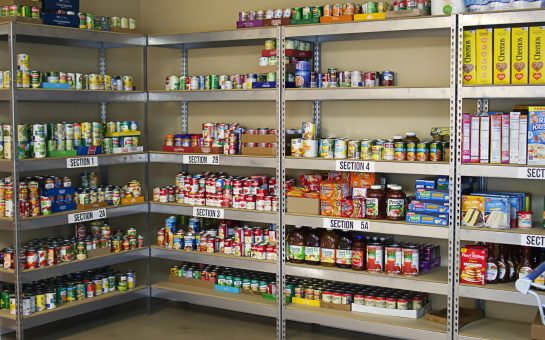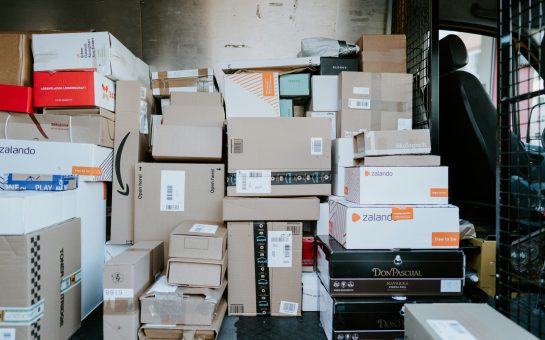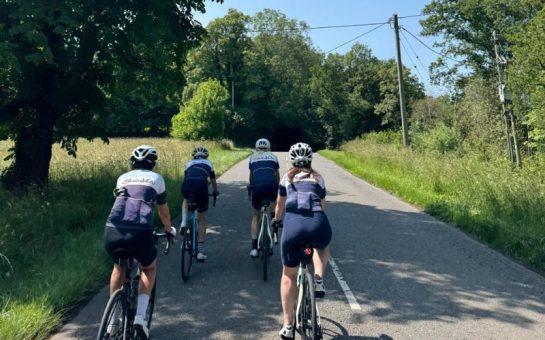Anna Cooban
May 19 2020, 21.33
Follow @SW_Londoner
It did not take long for Jenny to convince her neighbours to attend a health seminar.
A few days later, 60 middle-aged men filed into their local community hall in Thornton Heath to hear from a local doctor on the warning signs of testicular cancer.
NHS communications had tried for years to encourage community members to discuss the subject, made trickier by its private nature.
Sarah Burns, an expert in community-led development, knew why this attempt succeeded.
“Jenny’s skill was bringing people together. If we had put out an NHS communication, nobody would have come. People respond better to people in their own communities,” she said.
“There are loads of Jennys.”
Ms Burns, head of communities at Croydon Voluntary Action (CVA), believes in the insurgent power of person-by-person, street-by-street networks of support – the ‘hyper-local’ – to create long-term social change.
The CVA identifies ‘connectors’, like Jenny, influential in their communities, who are able to mobilise people towards grassroots solutions for local problems.
The practice is grounded in a theory of Asset-Based Community Development (ABCD) – an approach that harnesses a community’s existing strengths.
Institutions have for a long time adopted deficit-based approaches, highlighting the absence of a resource or service to be filled by a remote government agency.
Coronavirus has thrown society’s existing fault lines into sharp, ugly relief; chronic questions concerning NHS underfunding, homelessness and employment in the gig economy are now receiving urgent attention.
The scale of Chancellor Rishi Sunak’s £350 billion rescue package announced in March for workers and businesses is immense, yet the massive community response to the pandemic cannot be understated.
After years of Brexit division, compounded by the turmoil of three general elections in four years, and after a decade of grinding austerity, Britain has the opportunity to re-make itself.
More than 4,000 mutual aid groups – networks of neighbours coordinating support for the vulnerable and isolated – have launched since the government initiated a mandatory lockdown on March 23.
Croydon’s mutual aid group on Facebook boasts 3,800 members, sub-divided into their respective wards. Members coordinate on Whatsapp messenger to deliver food and medicines to neighbours, among other offers of support.
Ms Burns has not seen hyper-local interactions on this scale before.
“The mutual-aid movement has really helped some of our borough leaders to understand the importance of the hyper-local in a way that they never have before,” she said.
“In modern times, we can be very disconnected even in crowded places. I can’t see the pitfalls in knowing your neighbours. This can only be a positive move.”
Demand on voluntary organisations has also never been higher.
Ms Burns said: “Our own voluntary centre had 1000 volunteers at the start of this week. That is not normal. We normally have 120 volunteers ongoing and then oversee different projects who have their own volunteers. When we did a shout-out we got 1,000 volunteers.”
Jad Adams has run homeless charity Nightwatch for 28 years in Croydon and, in normal times, manages around 130 volunteers over the course of a year.
“All of my new volunteers are people who wouldn’t normally come to us. I’ve got more volunteers than I can deal with at the moment,” he said.
“Those who have volunteered in the recent weeks are mainly in their 20s and 30s which is unusual – they are normally in the minority. Usually the entrance age for volunteers is people in their 40s.”
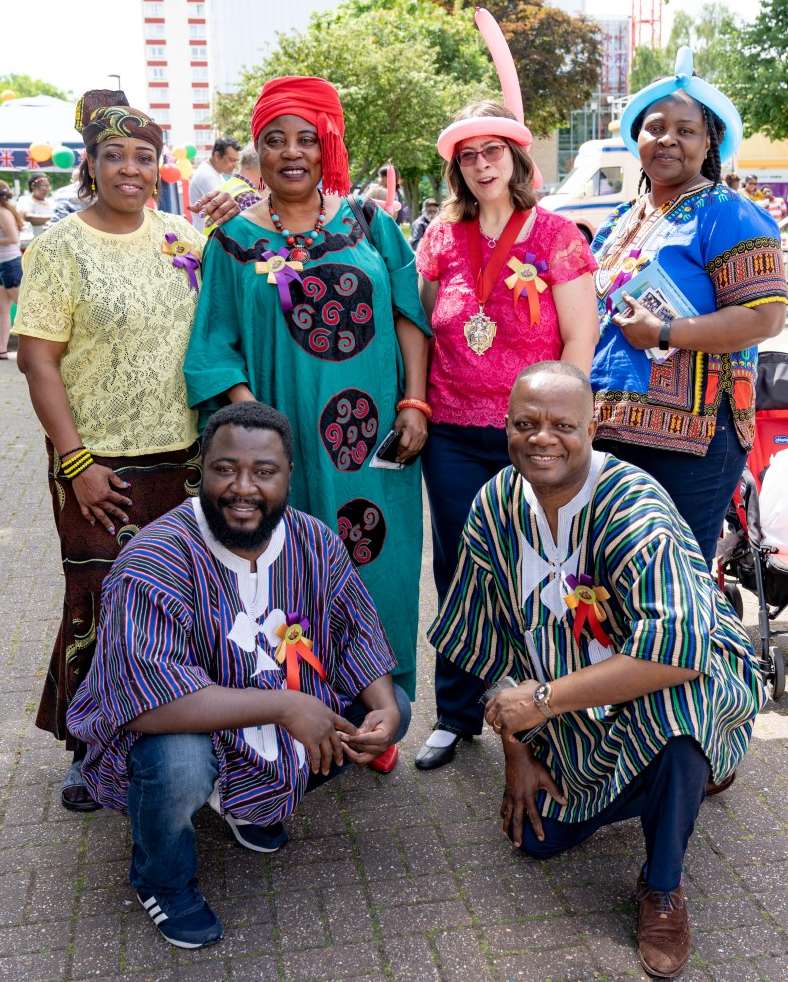
Civil society is expanding and evolving rapidly. A major challenge will be sustaining these vital street-by-street networks into the long-term once the current health emergency is over.
Moments of community fellowship are difficult to sustain if not framed by a particular purpose. That purpose can, and should, evolve if we are to benefit from the new networks forged by this crisis.
Phil Withington, Professor in social and cultural history at the University of Sheffield, studies the development of social movements, and argues these newfound groups will need to adapt to life beyond the epidemic.
“In the 16th and 17th centuries, there was a proliferation of mutual organisations led by communities, although they were directed towards specific aims. Usually religious worship was the key activity that grounded the group and sustained it,” he said.
“These communities will need to maintain as much agility and imagination to sustain them as it took to build them.”
The bubonic plague propelled similar community responses. In 1680, during a particularly severe epidemic, a band of Leipzig merchants came together to ward off the disease by smoking pipes.
The group developed into a formal association, Die Vertrauten (The Trusted), committed to poor relief and population replacement that outlasted the epidemic, and continues to this day.
While bubonic plague rolled, retreated and reappeared sporadically across Europe during the 17th century, usually tracing the paths of merchant travellers, the coronavirus has crossed the modern world in a matter of weeks.
Our rapid global networks have accelerated the disease, but also amplified our capacity to respond.
“What is different about this crisis is out ability to organise through technology across space. Historically, groups have always been limited by their physical restrictions”, said Mr Withington.
The current crisis presents an opportunity, using the new tools at our disposal, to centre communities to rebuild society.
More than ever the strength of community to respond to collective trauma is on display, for now and beyond the coronavirus.
Featured image shows Jad Adams, chair of Croydon homeless charity Nightwatch, organising volunteers.
